One of the reasons (a very big reason) I love to travel is to learn about people and places. And what I especially want to know is how people’s lives are different around the world – what their world is about.
When my friend and (then) work colleague Denise asked if I would like to go on a trip with them visiting a sugar cane farm in Northern Queensland and – even better – her brother’s sugar cane farm I said a very enthusiastic “YES PLEASE!“
Have you ever wondered where that sugar you put in your cup of tea or sprinkle on your cereal comes from?
Well, thanks to Denise and the hospitality of her brother Peter and family I was very lucky to have the amazing experience of visiting a sugar cane farm in the Mackay Region of Northern Queensland to find out a bit more about where our sugar originates from.
- Sugar cane farming FAQs
- Why is northern Queensland particularly suited to growing sugar cane?
- Does sugar cane grow in other places in Australia as well as Queensland?
- When do you plant the cane and is it from seed? Do you plant different varieties?
- How do you prepare the soil for the cane and how do you fertilise it as it grows?
- What sort of animals do you find living in the cane?
- How long does it take to grow ready for cutting?
- On average how much cane can you cut in a day?
- Once you have cut the cane where does it go?
- What is the final destination of the sugar produced from your cane?
- Why are there signs on the road saying you can't take cane from that area into the next area?
- Cane farmer have been criticised for the impact on the environment of cane. How do you minimise the impact on the environment of your farm?
- How have developments in technology helped cane farming?
- Further information for visiting Queensland
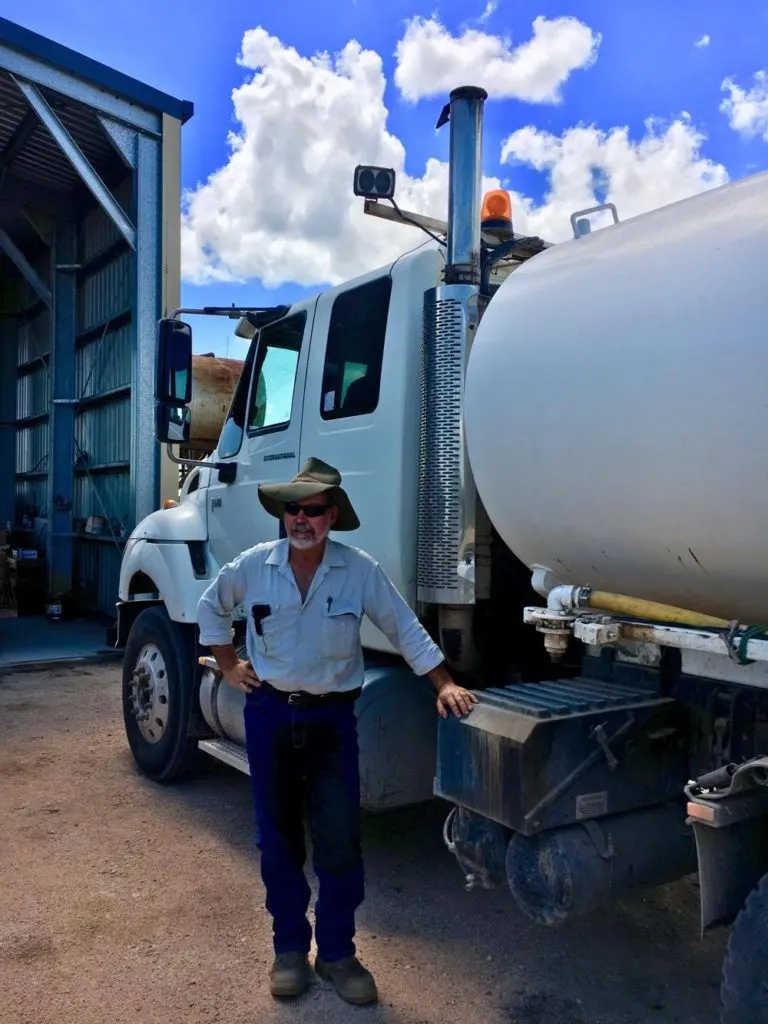
Sugar cane farming FAQs
Peter very kindly took us around his farm to tell us a bit about the processes involved in growing sugar cane and answered my many questions.
Why is northern Queensland particularly suited to growing sugar cane?
Sugar cane thrives in a tropical environment but can adapt to a temperate climate also.
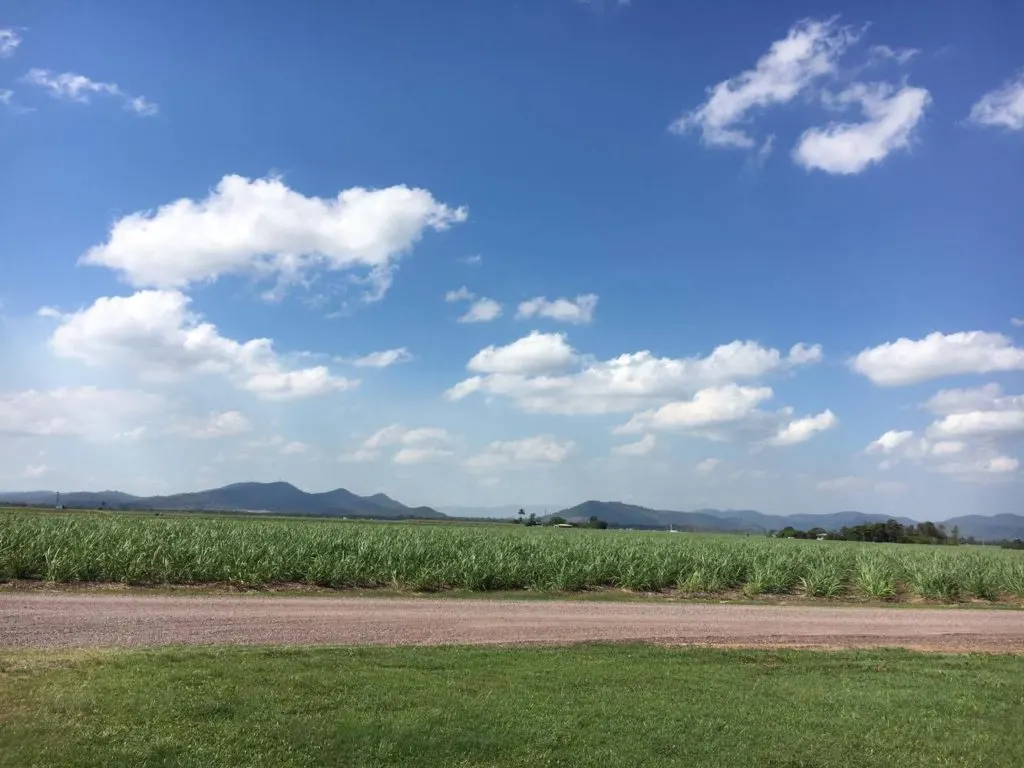
Does sugar cane grow in other places in Australia as well as Queensland?
Northern New South Wales has a sugar industry. The Ord River area in Western Australia also had a sugar industry for a period of time.
When do you plant the cane and is it from seed? Do you plant different varieties?
In Central Queensland, there are two windows – April/May and mid-July to the end of September, when the soil temperature is right for germination. Cane is planted from whole stalks cut into pieces approx.. 300mm long. Sugar cane stalks have growth notches up the stick. Each notch has a bud or eye from which new growth comes from.
We grow several different varieties on our farm. Different varieties are grown for disease resistance, to suit different soil types and to mature at different times of the season.
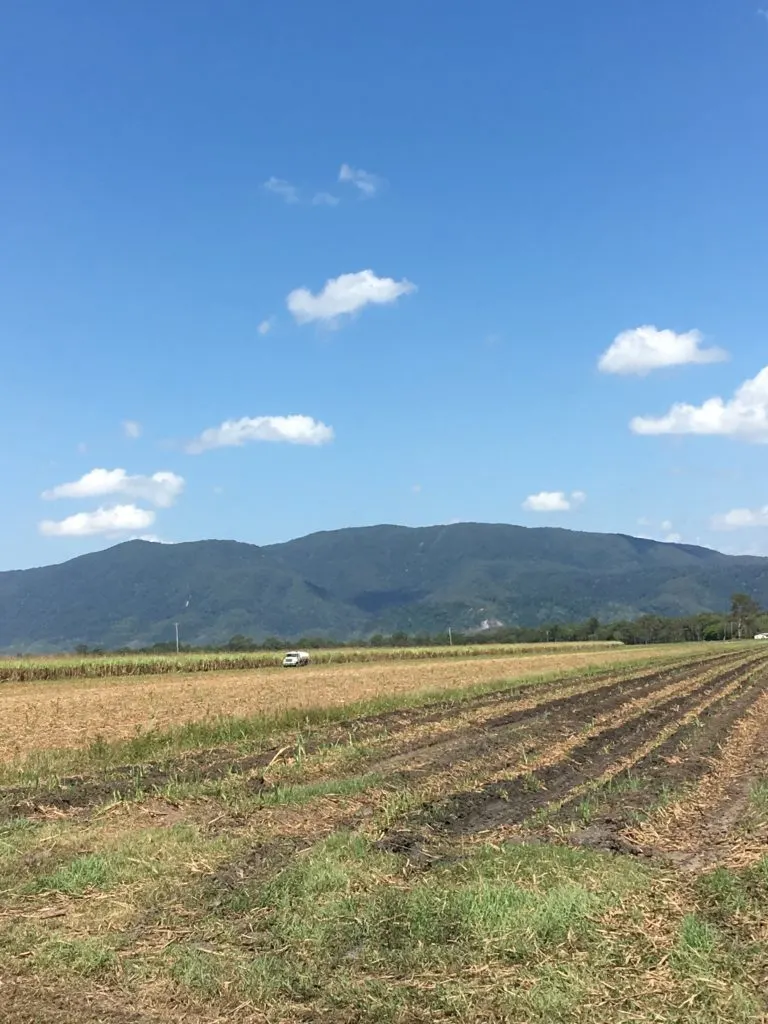
How do you prepare the soil for the cane and how do you fertilise it as it grows?
These days we zonal work the ground to a good tilt where the cane is to be planted. A small amount of fertilizer is applied at planting and the rest is applied when the crop has emerged and is actively growing.
We use recycled nutrients from the cane process plus commercial fertilizers. The crop has to be fertilized each year. We apply liquid fertilizer using trucks, applying 7 cane rows at a time.
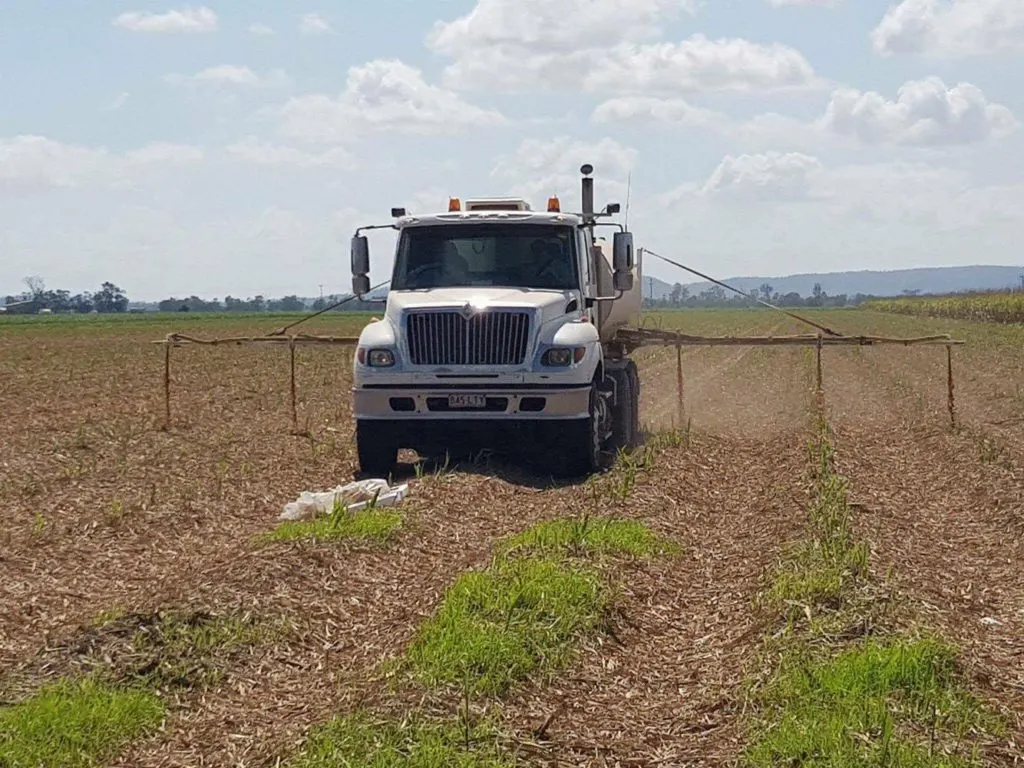
What sort of animals do you find living in the cane?
Over 25 different bird species can be found on our farm over a season. They use the cane as shelter and to hide. Rats, mice and snakes are often found in the cane.
Native Queensland wildlife such as wallabies, kangaroos, goannas, lizards, bandicoots, echidnas, possums and dingoes often find their way into and out of the cane paddocks.
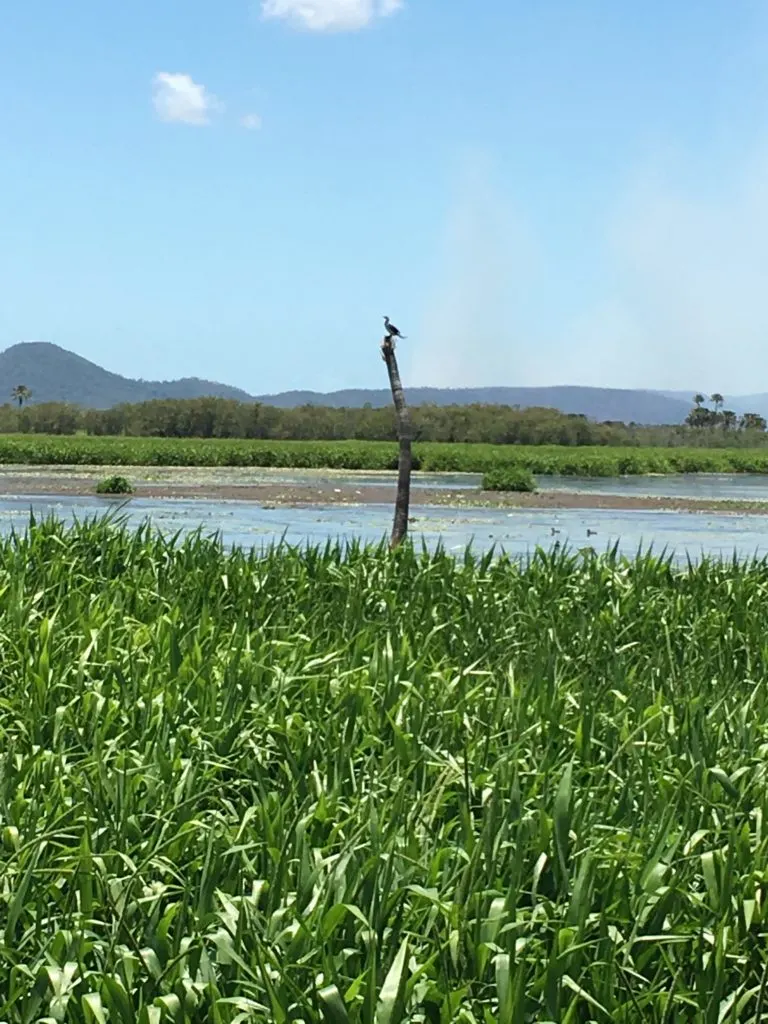
How long does it take to grow ready for cutting?
The optimum time is 12 months, but this can vary based on the seasonal conditions.
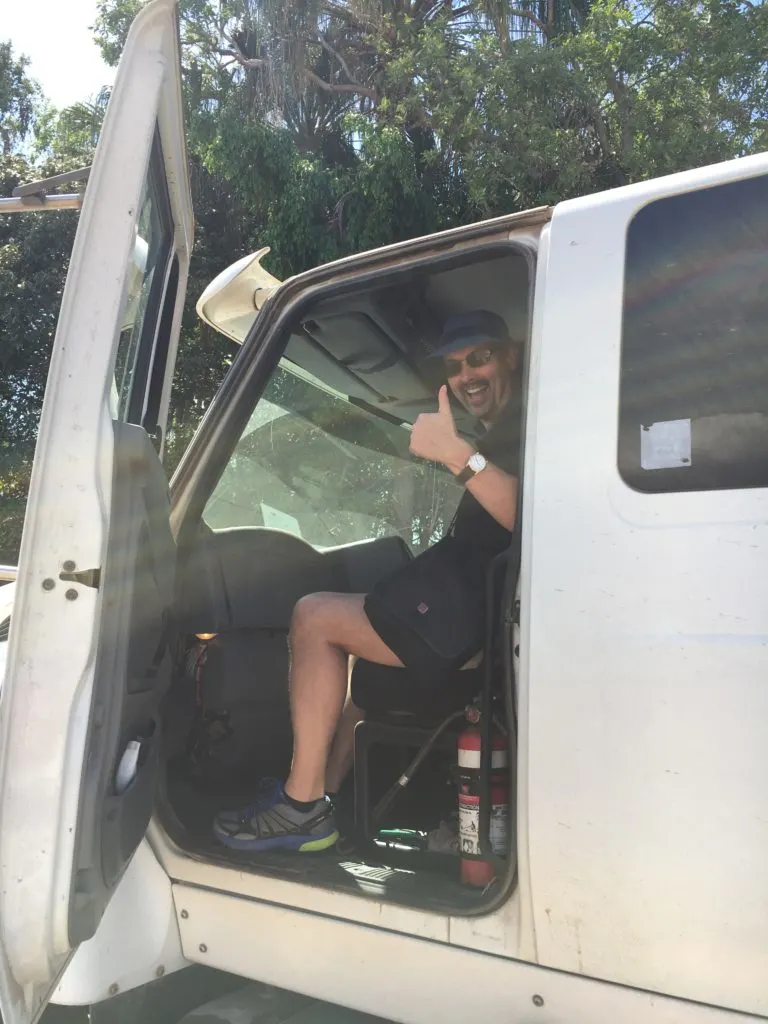
On average how much cane can you cut in a day?
This varies on the harvesting group size. Our group harvests 600 tonnes per day when the season is on, harvesting from mid-June to mid-November – usually weather dependent.
We are an average-sized group in our area.
Once you have cut the cane where does it go?
The cane is put into bins on a tramline system to go to a nearby sugar mill. There, it is processed to extract the juice. This juice is boiled and crystallized to make raw sugar.
On average it takes 7 tonnes of cane to make 1 tonne of raw sugar. The waste cane fibre (bagasse) is used to fire the mill boilers to make steam.
Mill mud is the waste cleaned out of the juice extraction. Molasses is made when the juice is crystallized. Molasses then goes to the Distillery to make Ethanol.
The by-product, dunder, is the liquid we use on our cane. The mill mud is also used on-farm. Molasses is also sort after for cattle feed.
What is the final destination of the sugar produced from your cane?
The raw sugar is transported to sheds at the Mackay Harbour and stored ready for export to refineries mostly in the Asia/Pacific area, where it is made into white sugar for human consumption.
Why are there signs on the road saying you can’t take cane from that area into the next area?
Each cane growing region has a quarantine zone to stop the spread of disease from one region to another.
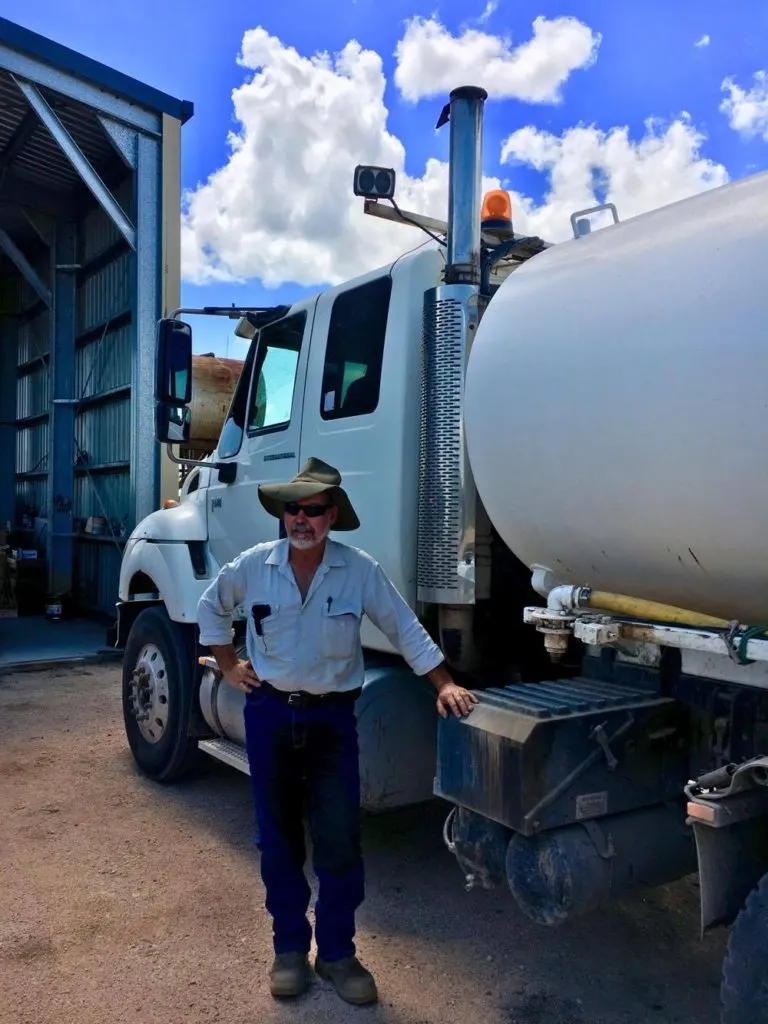
Cane farmer have been criticised for the impact on the environment of cane. How do you minimise the impact on the environment of your farm?
Our current farm has been developed by the 3 generations, starting in the late 1960s to what we have today. It is a works in progress. Every generation has worked to make it better for the next.
As a rule, each block is only worked and planted every 6 years. After the plant crop is harvested it regrows again. We call this ratooning. As long as no problems occur, such as disease, cane grubs or harvested in very wet conditions, the block can be ratooned year after year for 5 years – sometimes longer.
All that time the trash cover will be maintained and the ground not worked or disturbed. This has limited soil movement immensely. We work our ground only as needed, to plant a crop.
Our cane is harvested green with the trash retained to conserve moisture, limit soil movement and suppress weeds to limit our chemical usage. Some of our run-off water is captured and used for irrigation. We have used recycled nutrients for over 30 years.
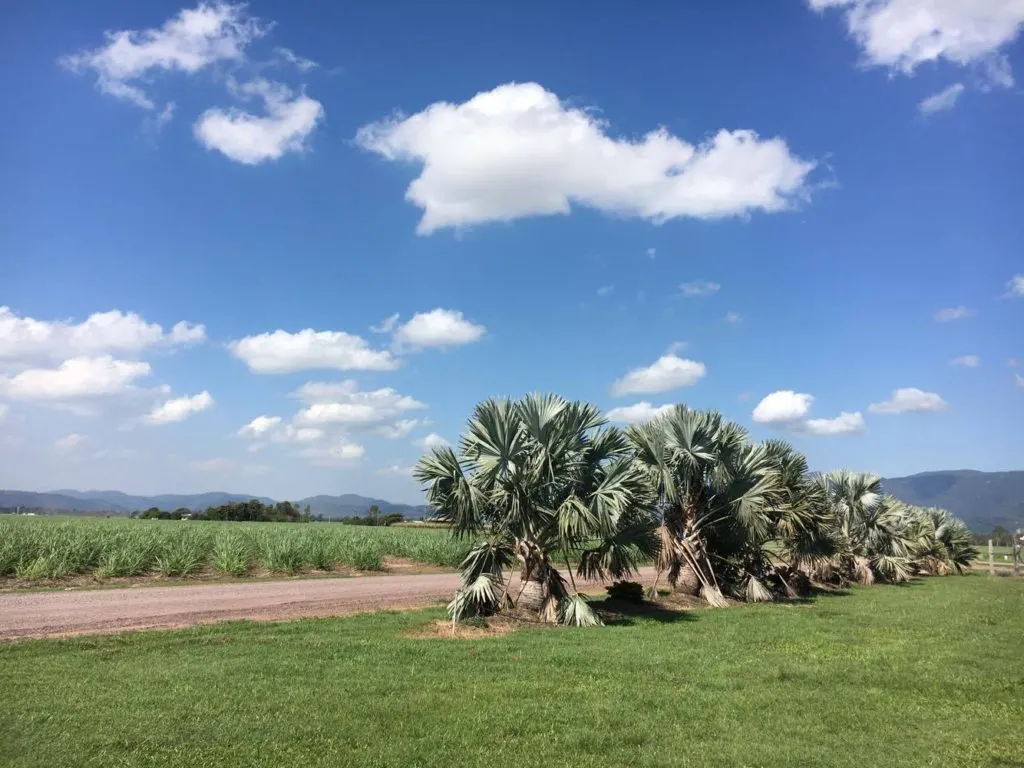
How have developments in technology helped cane farming?
I am a third-generation grower. Denise’s and my Dad is the second generation. He is still actively involved in the farm. He has seen and been a part of all the changes.
He started as a teenager working behind a horse, then to small no-cab tractors, to bigger tractors, to tractors with cabins, to tractors with air conditioning, to air-conditioned, automatic and GPS guided tractors.
He has cut and loaded cane by hand through to seeing the first chopper harvesters to the big machines and transporters we have today.
I don’t believe any other generation will see or be part of the change he has been through.
The industry is always changing. The world is changing.
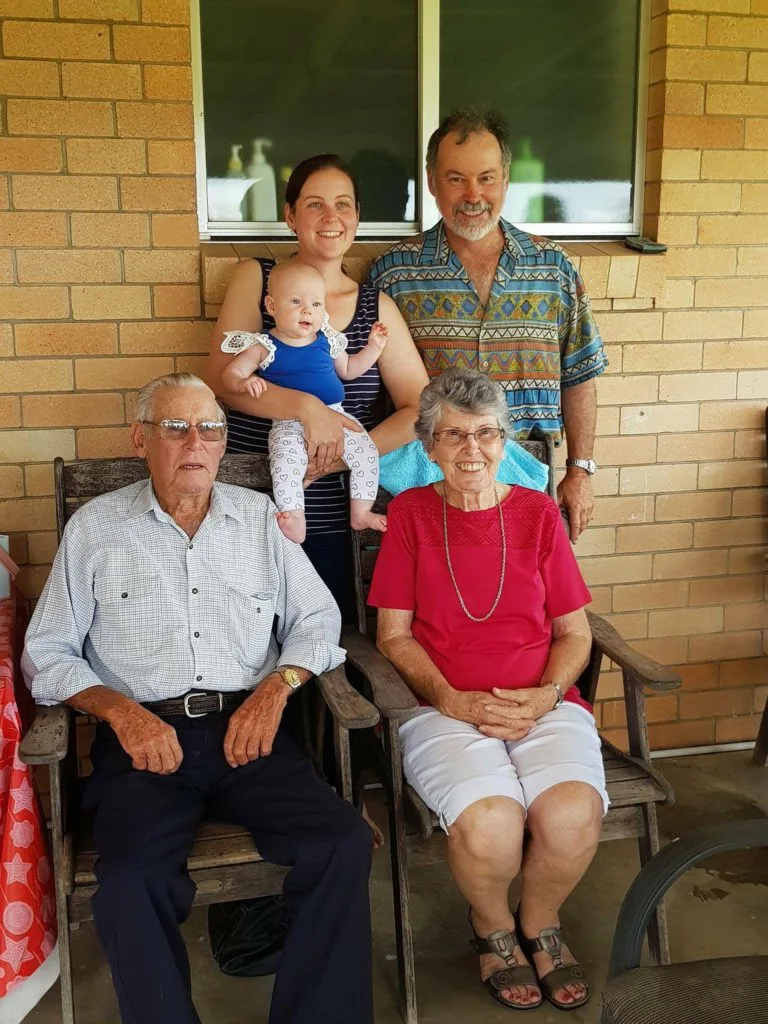
A huge thanks to Peter and family and of course Denise for organising our day and our fantastic experience visiting a sugar cane farm – we had a fantastic time and it was so interesting to learn all about the sugar cane.
Further information for visiting Queensland
I have lots of posts all about visiting Australia and a number of these are focused on the beautiful state of Queensland. With an enviable climate, wonderful wildlife, stunning beaches if Queensland is your destination these posts will help you get the best of your visit!
- My ultimate guide to Australia with links to every post is a great starting point when planning your visit.
- My bucket list of things to do in Queensland gives an idea of some of the amazing places to visit in the state.
- f you are interested in learning more about Queensland wildlife there are posts about kangaroos at Cape Hillsborough, and platypus at Broken River in Eungella National Park
- If you are in northern Queensland check out my posts about Bowen, Mackay and Whitehaven Beach.
- Visit the Sugar Shed in Sarina near Mackay to find out the processes necessary to get sugar from sugar cane!
